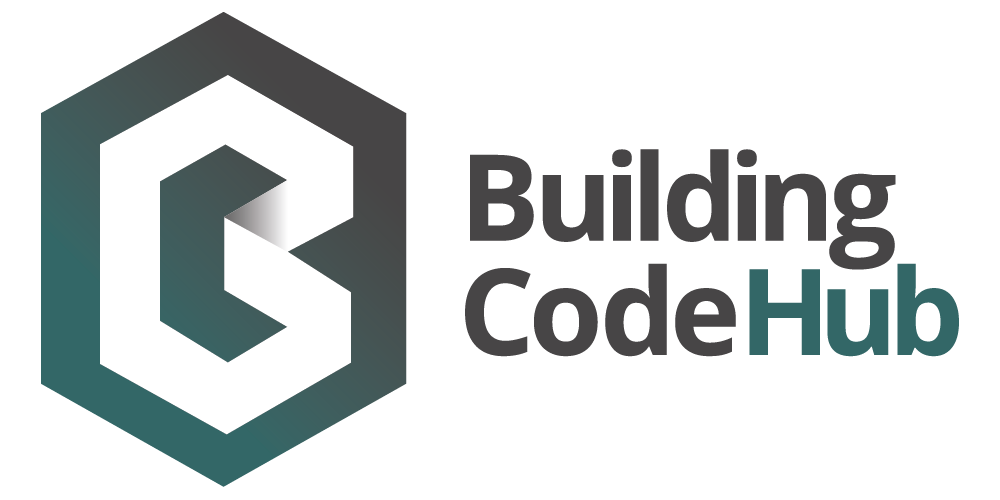BS EN 10002-5:1992 Tensile testing of metallic materials. Method of test at elevated temperatures
- Abbreviation
- BS EN 10002-5:1992
- Valid from
- 1/04/1992
- Information provider
- British Standards Institution,
- Author
- British Standards Institution,
European Standardization Organizations - Information type
- British Standard,
- Format
- PDF, HARD COPY,
Description
This standard describes the method for tensile testing of metallic materials and defines the mechanical properties which can be determined thereby at elevated temperatures.
This resource is cited by:
BS EN 10002-5:1992 Tensile testing of metallic materials. Method of test at elevated temperatures
This document is CITED BY:
-
BS EN 10253-2:2007
BS EN 10002-5:1992 is cited by BS EN 10253-2:2007 Butt-welding pipe fittings - non-alloy and ferric alloy steels with specific inspection requirements
-
BS EN 10253-3:2008
BS EN 10002-5:1992 is cited by BS EN 10253-3:2008 Butt-welding pipe fittings - wrought austenitic and austenitic-ferritic (duplex) stainless steels without specific inspection requirements




